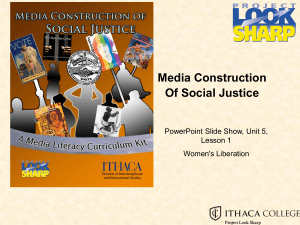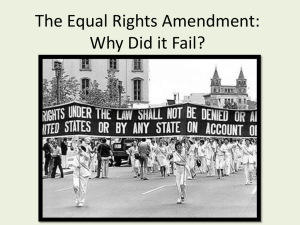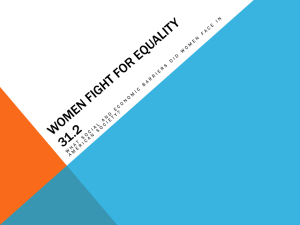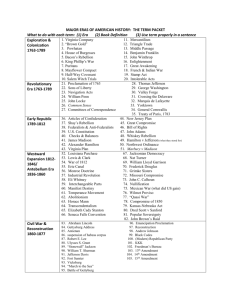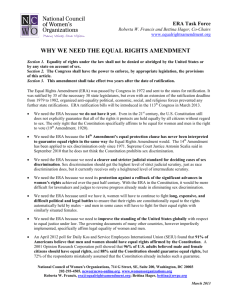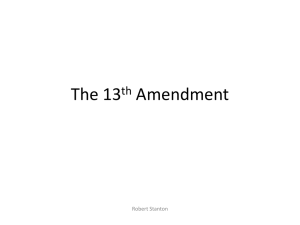0495802662_215423
advertisement
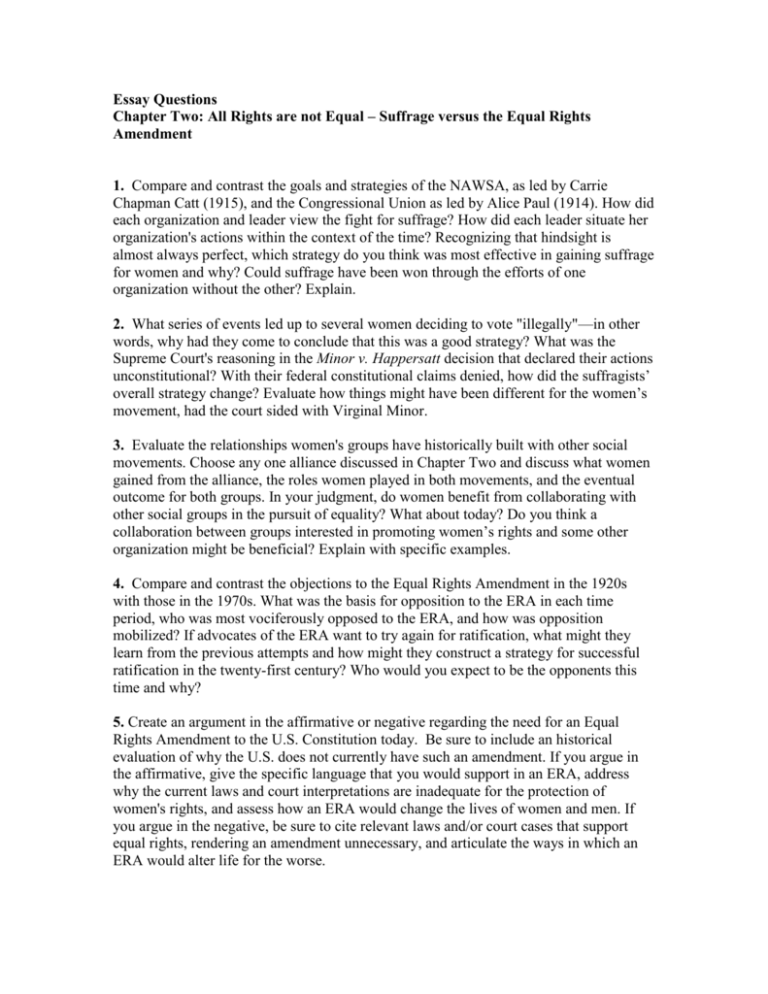
Essay Questions Chapter Two: All Rights are not Equal – Suffrage versus the Equal Rights Amendment 1. Compare and contrast the goals and strategies of the NAWSA, as led by Carrie Chapman Catt (1915), and the Congressional Union as led by Alice Paul (1914). How did each organization and leader view the fight for suffrage? How did each leader situate her organization's actions within the context of the time? Recognizing that hindsight is almost always perfect, which strategy do you think was most effective in gaining suffrage for women and why? Could suffrage have been won through the efforts of one organization without the other? Explain. 2. What series of events led up to several women deciding to vote "illegally"—in other words, why had they come to conclude that this was a good strategy? What was the Supreme Court's reasoning in the Minor v. Happersatt decision that declared their actions unconstitutional? With their federal constitutional claims denied, how did the suffragists’ overall strategy change? Evaluate how things might have been different for the women’s movement, had the court sided with Virginal Minor. 3. Evaluate the relationships women's groups have historically built with other social movements. Choose any one alliance discussed in Chapter Two and discuss what women gained from the alliance, the roles women played in both movements, and the eventual outcome for both groups. In your judgment, do women benefit from collaborating with other social groups in the pursuit of equality? What about today? Do you think a collaboration between groups interested in promoting women’s rights and some other organization might be beneficial? Explain with specific examples. 4. Compare and contrast the objections to the Equal Rights Amendment in the 1920s with those in the 1970s. What was the basis for opposition to the ERA in each time period, who was most vociferously opposed to the ERA, and how was opposition mobilized? If advocates of the ERA want to try again for ratification, what might they learn from the previous attempts and how might they construct a strategy for successful ratification in the twenty-first century? Who would you expect to be the opponents this time and why? 5. Create an argument in the affirmative or negative regarding the need for an Equal Rights Amendment to the U.S. Constitution today. Be sure to include an historical evaluation of why the U.S. does not currently have such an amendment. If you argue in the affirmative, give the specific language that you would support in an ERA, address why the current laws and court interpretations are inadequate for the protection of women's rights, and assess how an ERA would change the lives of women and men. If you argue in the negative, be sure to cite relevant laws and/or court cases that support equal rights, rendering an amendment unnecessary, and articulate the ways in which an ERA would alter life for the worse. 6. The most recent strategy for ratifying the Equal Rights Amendment follows the logic of the 27th Amendment, also known as the “Madison Amendment.” Proponents of the ERA argue that acceptance of the Madison Amendment means that Congress has the power to maintain the legal viability of the ERA and verify ratification if three more state legislatures affirm the amendment. Evaluate this strategy relative to that of simply starting over and re-introducing the ERA to Congress and the states. Since 88 percent of the American public wants the Constitution to explicitly guarantee equality, is this an issue that the women’s movement should promote more vigorously? Why or why not? 7. Identify commonalities and differences among the women involved in the antisuffrage and anti-ERA movements. What were their motivations for political action? Historian Susan Marshall argues that by legitimizing an expanded political role for women, “the feminist movement has bequeathed a much larger legacy to contemporary political culture: the mobilization of conservative women. . . . They serve as ironic testimony to feminist assertions of female equality” (p. 62). Identify a contemporary example in which women are at political odds with one anther, but both fully engaged in the political process in pursuit of their goals. In your judgment, will there ever be a time when gender unifies women in politics? Why or why not. Explain.
